If you want to dominate ducks during the early season and keep the limits coming as the waterfowl season progresses, heed these sure-fire tips and tactics.
by Scott Haugen
Two weeks before the season opener, I scouted a skinny creek holding water. There wasn’t much water, but enough to spread out at the mouth, where it fed into a slough that joined a big river. There would be plenty of water in the slough to pitch out a dozen decoys on opening morning, or so I thought.
When I arrived an hour before shooting light on opening day, there was barely any water. There was enough for three decoys, that was it. I had a spool of fishing line in the decoy bag and rigged one decoy on a jerk cord. It could have been better, but it worked. Some green-winged teal and wood ducks banked into the tiny spread. I went home with more birds than anticipated.
Two things factored into making that hunt a success. First, I was where birds wanted to be. Scouting trips confirmed ducks were using the receding water for most of September and the early days leading up to the opening weekend in mid-October. The moving decoy was the other winning move. Early in the season, jerk cord decoys are money, especially when local flocks are the target.

With this year’s waterfowl opener upon us, focus on scouting, the blind, and the decoys to find consistent success. I scout to see where birds are feeding, roosting, and preening. I also look closely at their flight patterns. The goal is to see where they’re coming from and where they’re going. Next, I find out what style of blind would be most effective to hunt from based on where the birds are. Last, I figure out what decoys to use, how many, and how I’ll arrange them based on wind direction and what the birds are showing me.
I scout as much as possible before the season, usually early in the morning and late evening. Because I can’t be everywhere at once, I rely on trail cameras for help. I’ll set trail cameras on ponds, rivers, sloughs, and creeks early in the season.
I have cell coverage in the valley and hunt and run Moultrie Mobile cellular trail cameras. All trail cameras are set on video mode because a 15-second video reveals much more than a still photo ever will. Before this season’s opener, I found a secluded pond mallards were hitting in the middle of the day. I got the mallards on film, but I also found a few wood ducks using it at night and in the early morning. While mallards occupied the middle of the pond, trail cams captured the woodies just about every morning and night, swimming against the brush on the opposite shoreline. The closer we got to the opener, the more wood ducks showed up, with several showing up in the middle of the afternoon by mid-October.
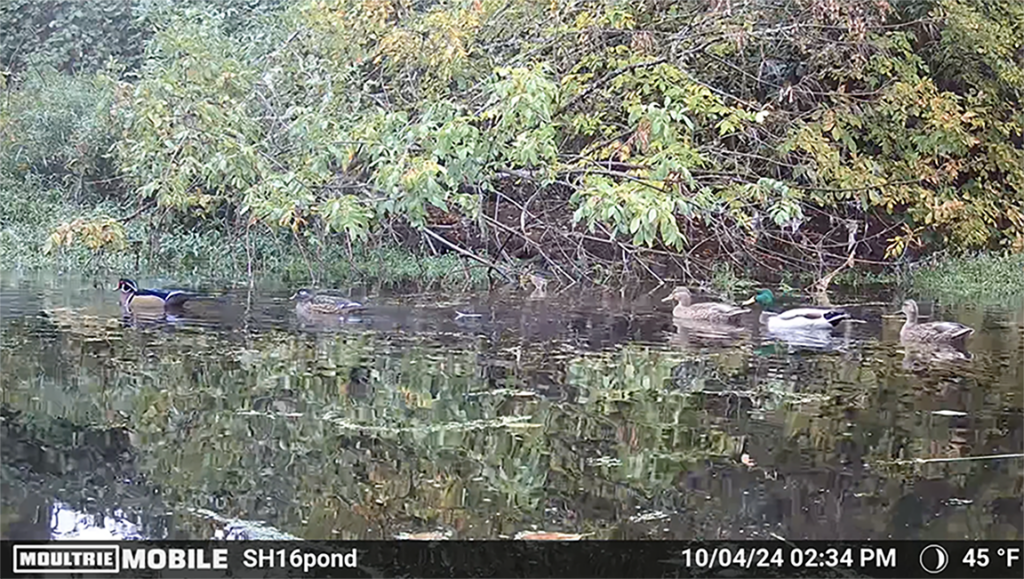
I like Moultrie Mobile Edge Pro and their new Edge 2 Pro trail cameras for waterfowl because they have smart zones you can regulate from your smartphone. This allows you to block out moving limbs and shadows so you don’t get 1,000 unwanted thumbnails daily. When you see a thumbnail you like, request the video and wait for it to download. When you watch it, crank up the volume. Often, you’ll see one duck swimming through the frame but hear many others in another section of water off-screen. Trail cameras allow you to cover a lot of places at once. I use them all season long to learn where ducks are and when.
In the early season, sacrificing a hunting spot because there’s no hiding place is not a concern as birds are susceptible. Often, I tuck into the nearby brush without even using a blind.
I like being mobile in the early season to move to where ducks gather. I have a little one-person blind I made from a 4×8-foot section of panel wire. The blind is cut in half so I can make two blinds from it. Cut off the bar on the bottom; then, you’ll have 4-inch bars sticking out. Those can be slightly bent and serve as legs to be stuck into the ground. If it’s raining hard or windy, you should prop up one side with a stick. Before heading out, zip-tie some grass to parts of the blind. I don’t cover all of the blind as I like having holes and space in it so it doesn’t look blocky to approaching birds. When you get to where you are hunting, toss grass and nearby brush over the blind for additional cover. This blind is cheap, simple to make, and easy to carry.
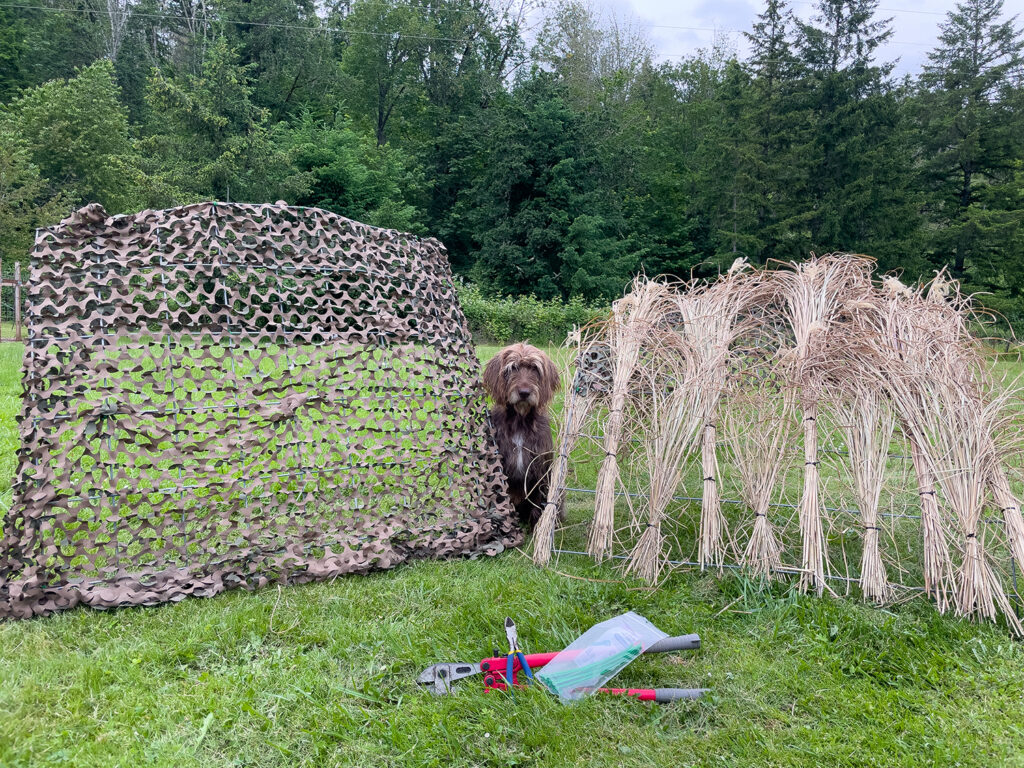
I love small blinds that leave a minimal footprint. Last season, I tried a buddy’s MOmarsh Invisi-Man blind. I liked it so much I got two of them. One I keep in the truck so I can use it at a moment’s notice. The other I stash where I’m hunting a lot, so it’s ready to go. These blinds have sturdy legs and easy-to-open flaps. You can adjust them at a comfortable angle that’s much quicker and easier to shoot from than a layout blind. Six buddies and I all Invisi-Man blinds now, and they also serve as our layout blinds on goose hunts.
Early in the season, resident, family flocks of ducks are primarily being hunted. For this reason, I like keeping decoy spreads small and basic. As the season progresses, I expand the spread.
I often run only a dozen floaters for ducks during the first couple of weeks of the season. I like using old decoys for early-season hunts, ones that lack color and are beat up because they match many of the birds in transitional plumage. I also like mixing brands of decoys so they look different on the water, mimicking ducks of various age classes, sizes, and species. I’ll even paint an old decoy or two black for contrast.

I usually run one decoy on a jerk cord for movement. This year, I look forward to using Motion Duck’s new Shallow Water Spreaders. The standard Shallow Water Decoy Spreader & Jerk Line holds four decoys, while the Ultimate model accommodates seven decoys. In Oregon —where I live — we can’t use motorized decoys and Motion Duck Spreaders have been my go-to jerk cord system for many years. These shallow water models could be a game-changer in many places I hunt all season.
As the season progresses, I replace the early-season duck decoys because the plumage of real ducks is advancing, and birds are growing educated. I’ll go with more realistic Final Approach Live Floating Mallard, wigeon, pintail, and spoony decoys and Big Al’s mallard, wigeon, and pintail silhouettes. I love the realistic photo-finish of Big Al’s silhouettes. They’re easy to clean and very durable. I’ve had some for over five seasons.
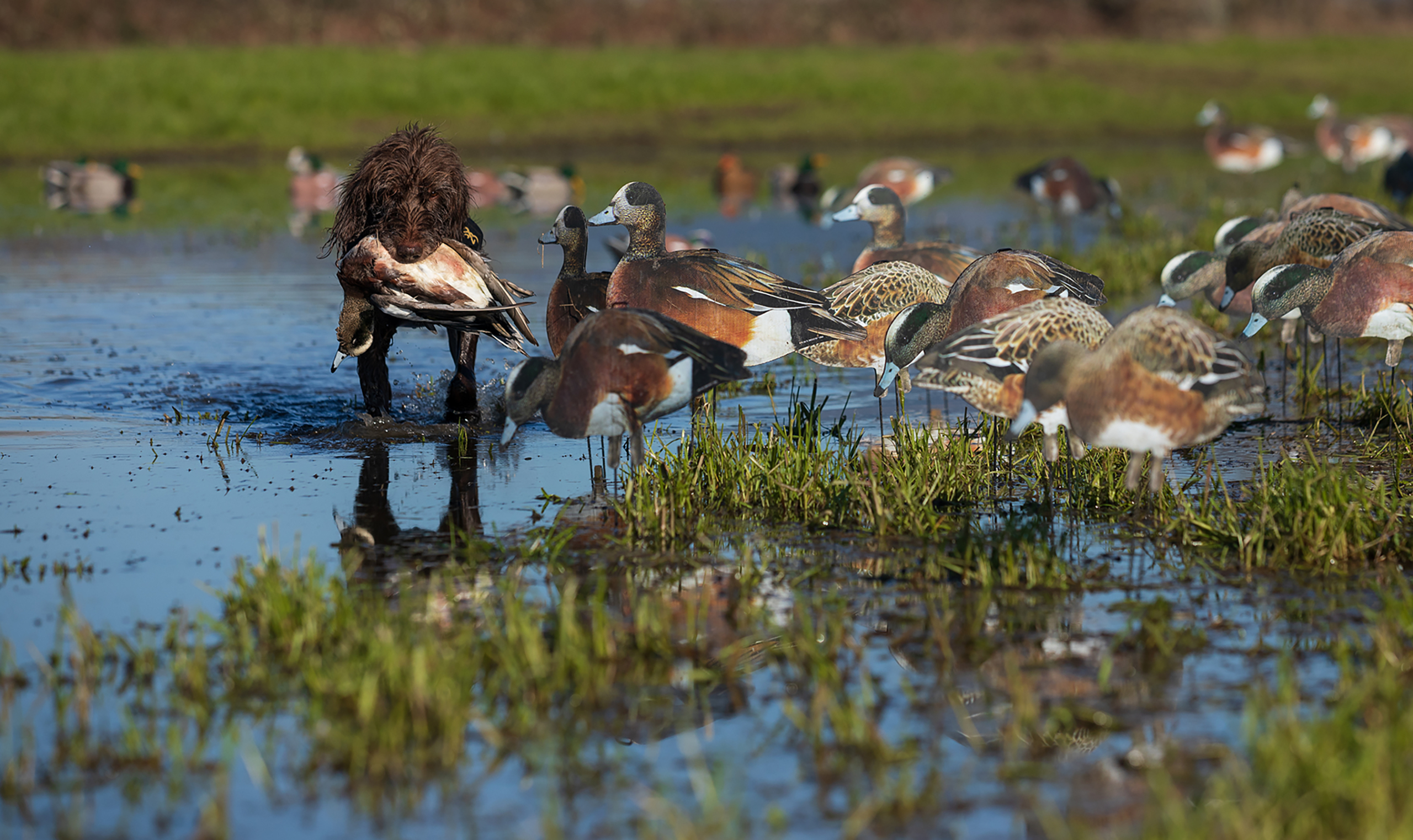
By Thanksgiving I’m adding at least five dozen Big Al’s silhouette duck decoys to my floater spreads. I’ll position these silhouettes in shallow water to emulate birds feeding and walking ashore to feed and rest. I’ll also set them on shore, sometimes in separate groups. Other times, I will set them in one big line. I position the silhouettes based on what I see when scouting and studying trail camera footage. By December, I often run 15-20 dozen Big Al’s duck silhouettes in many places. They’re an excellent tool for quickly replicating big flocks, which can make a huge difference when hunting public waters, especially on the weekends.
Scouting, blind preparation, and creating realistic decoy spreads go hand-in-hand regarding early-season duck hunting and waterfowl hunting all season long. The more prepared you are and the more attention you pay to detail, the more consistent your duck hunting success will be.



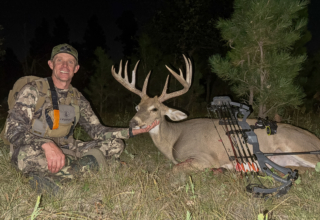


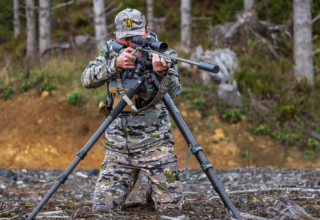



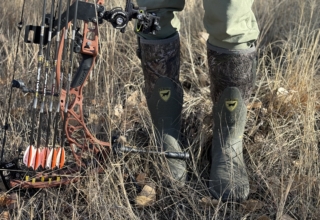


Angthong National Marine Park
September 25, 2025 at 2:45 am
… [Trackback]
[…] Here you will find 23996 more Information on that Topic: bornhunting.com/dominate-early-season-ducks/ […]
relx
October 29, 2025 at 9:23 pm
… [Trackback]
[…] Find More here to that Topic: bornhunting.com/dominate-early-season-ducks/ […]
ดูหนังออนไลน์ฟรี
November 11, 2025 at 2:20 am
… [Trackback]
[…] Here you will find 99492 more Information on that Topic: bornhunting.com/dominate-early-season-ducks/ […]
หา Influencer
December 8, 2025 at 11:02 am
… [Trackback]
[…] Read More here to that Topic: bornhunting.com/dominate-early-season-ducks/ […]